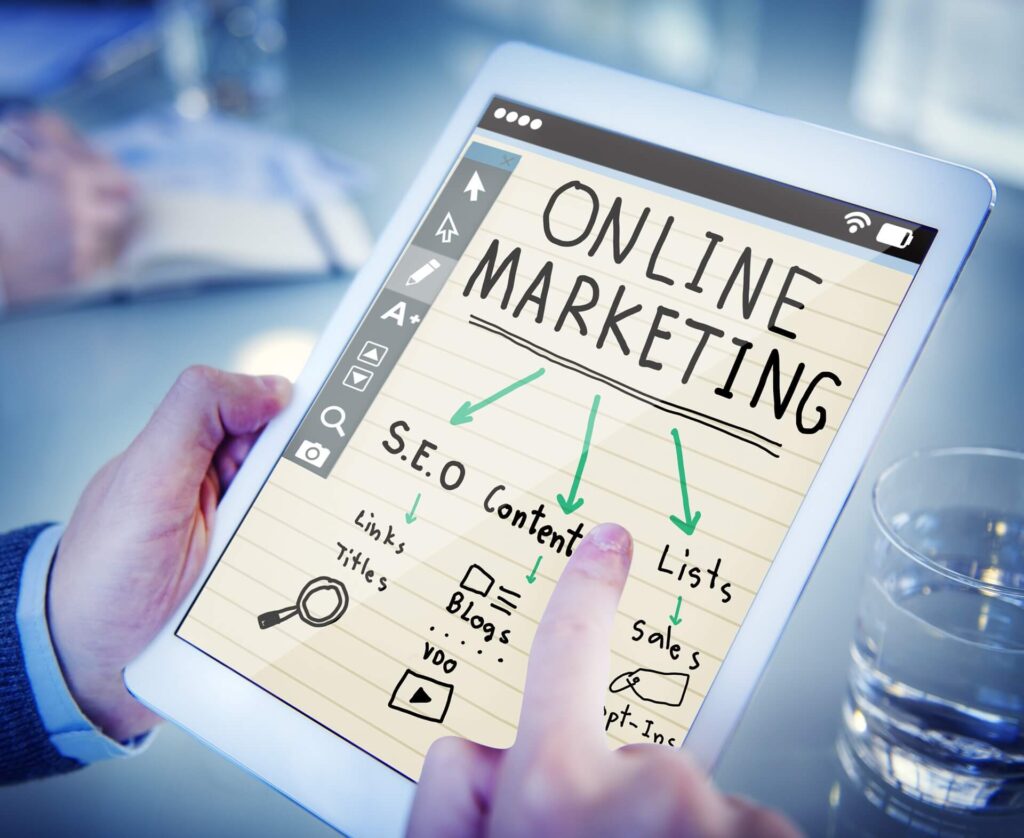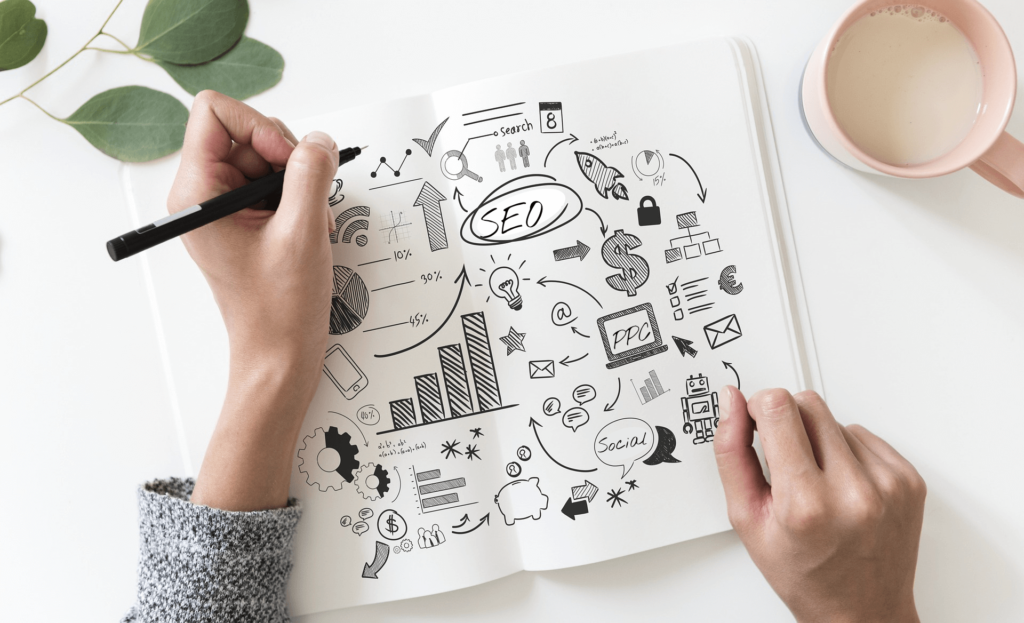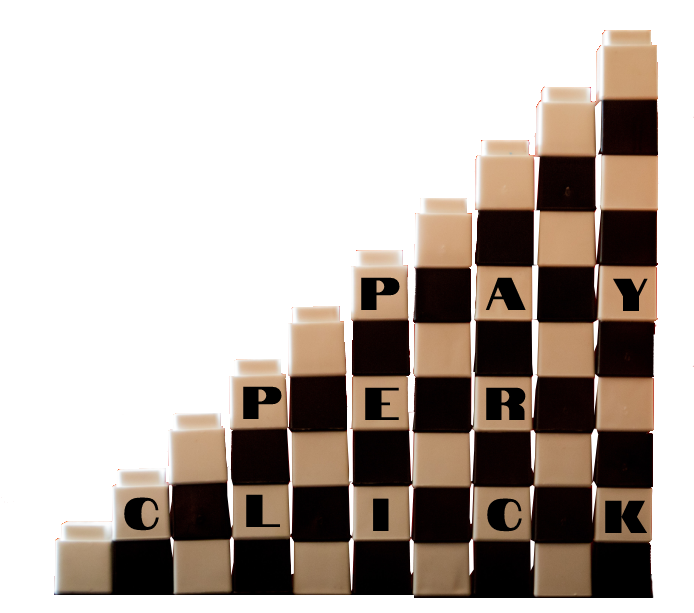To Digital or Not To Digital?

Have you asked yourself, should I develop a digital marketing plan, do I need digital marketing or what is digital marketing?
If you’re like me you grew up before the internet where the terrain of marketing was made up of print ads, television commercials, radio and other media. Now if you believe the way I used to, that these forms of marketing still exist, and you’re familiar with them, so what do you need digital for… then read on.
When I first started exploring digital marketing I thought of it as just another channel to achieve my marketing goals, what I soon discovered was that digital marketing had powerful advantages over traditional media.
A Tale of Two Mediums

Let’s look at an example, let’s say we are going to do an online ad and we are comparing this to a magazine ad; the online ad has many key strengths that the print option does not have. The biggest advantage is the ability to track and monitor results in real time and choose exactly who you want to see the message. Every business, if they’re smart with their advertising dollars, will be aware of who makes up their ideal target market. This way you’re not wasting ad dollars on people who will most likely never convert to become a paying customer.
With the magazine ad, there are going to be many people flipping through the pages and seeing your ad that are not even close to your target market. With the online ad you can hyper target the exact group you wish to see the ad, so there is zero money wasted showing it to people who are less likely to purchase your product. This is the goal of advertising after all, to make sure that you are investing advertising dollars efficiently. Before digital waste was always a huge problem. Famous pioneer in marketing, John Wanamaker, born in 1838, once said, “Half the money I spend on advertising is wasted; the trouble is, I don’t know which half.” Digital strategies help mitigate this problem.
Continual Testing

In addition, with an online ad, you can do a split test before committing all your advertising dollars. This means you slightly tweak your ad into an original and an altered one. Each ad is shown to a different small segment of your audience. After monitoring the results it becomes apparent which ad has appealed the best to the target audience – based on things such as click through rate and other metrics. Then whichever produces the best results is rolled out to the remaining audience. You can’t do this with the print ad, you can do an ad test, but it takes time and requires showing the full ad to the entire audience and then tweaking another ad later and doing your best to get information on which did better.
The digital ad also allows you the ability to continue to tweak the ad, audience, spend, etc, until you get the desired results you’re seeking. Moreover, lets say the person who picked up the magazine, views the print ad, is in your target audience, but then doesn’t pick up the paper again for six months. Even if you’re continually advertising in that publication, they’re not going to become aware of your company again for six months. Statistics show that the average customer needs to be aware of your company and/or product or service six to eight times before they become a customer. With the online ad, once they move on to another site, by using a strategy called retargeting, your ad can show again in the new site. And again and again over a period of time, of course making sure not to inundate them with ads.
The CPC Advantage

Another advantage is using the CPC – cost per click method of ad placement. What this means is you don’t pay anything for the ad unless someone clicks on it and goes to your website. Even if 100,000 people see your ad, you pay nothing unless they click through. Can you imagine if you could place an ad in the local paper and you don’t pay for it unless someone writes down your phone number and calls you? No matter how people have viewed your ad, you pay nothing unless you get a call and even then it’s a small fraction of the cost of the overall ad?
For All Intents and Purposes

And finally, let me introduce you to the concept of intent. When someone is flipping through the pages of a magazine, in all probability they’re not likely searching for your product or service. Conversely, when someone types a question into a search engine, they are actively seeking an answer to a problem, which may or may not be met by your business, even if the problem is currently a subconscious one. For example, if I type, “realtors in my area”, I’m probably thinking of either selling or buying a property. And if you’re a realtor, essentially I’m actively seeking your services – the “intent” is there.
I can go on listing the benefits of digital advertising over that of print, but suffice it to say the benefits of digital far exceed that of print.
I will be adding to this blog on a regular basis. Sign up to be notified of regular additions as this blog will document my journey to becoming a digital marketing expert.